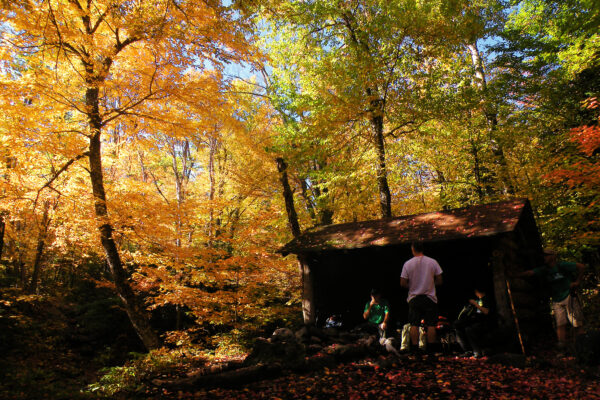AWA has achieved its first success in its initiative to help the New York State Department of Environmental Conservation implement the most important recommendations from the High Peaks Strategic Planning Advisory Group (HPAG) Final Report. AWA’s alliance with Chad Dawson and Adirondack Wild, along with the ongoing project to improve summit monitoring by the Adirondack Mountain Club (ADK), has led to a new project which will be launched in May. This project, The Alpine Summit Adaptive Management Pilot, will build off the work of the current Summit Stewardship Program in the Adirondack High Peaks.
The project will be led by ADK’s Stewardship Manager and newly-elected AWA Board Chair Kayla White. The project team includes an impressive group of experts on alpine summits, monitoring, outdoor recreation and adaptive management, including Chad Dawson, former APA Board Member and Professor Emeritus and former Chair of the Faculty of Forest and Natural Resources Management at SUNY ESF; Jill Weiss, Professor of Environmental Studies at SUNY ESF; Steve Lawson, Director of Visitor Use Planning and Management at Otak; Abbie Larkin, Research Analyst at Otak; Julia Goren, former Summit Steward Coordinator and current Director of the VISION 2050 Project for the Adirondack Council; Sean Robinson, Professor of Biology at SUNY Oneonta; Tim Howard, Director of Science for NY Natural Heritage Program; Seth Jones, ADK’s Education Director; and Tate Connor, Region 5 Forester for the DEC.
The Alpine Summit Adaptive Management Pilot provides an opportunity to demonstrate how a comprehensive adaptive management approach can be implemented in a well-defined environment that is already a management success story. It will utilize existing baselines and establish measurements, thresholds and management actions for biological and ecological factors on alpine summits, but also measure social science factors, including visitor demographics, motivations, preferences and education. The pilot scope includes suggesting management actions to the State. It is consistent with the recommendations of HPAG’s Final Report, specifically the call for developing an adaptive management approach to the Forest Preserve under a Visitor Use Management Framework (VUMF).
This project can be one of many model projects and initiatives that provide input into a larger Visitor Use/Adaptive Management project. AWA is in discussions with potential partners for other possible pilots or demonstration projects. With your support, we’re leading in the effort to give the Adirondack Park the world-class management it deserves.



